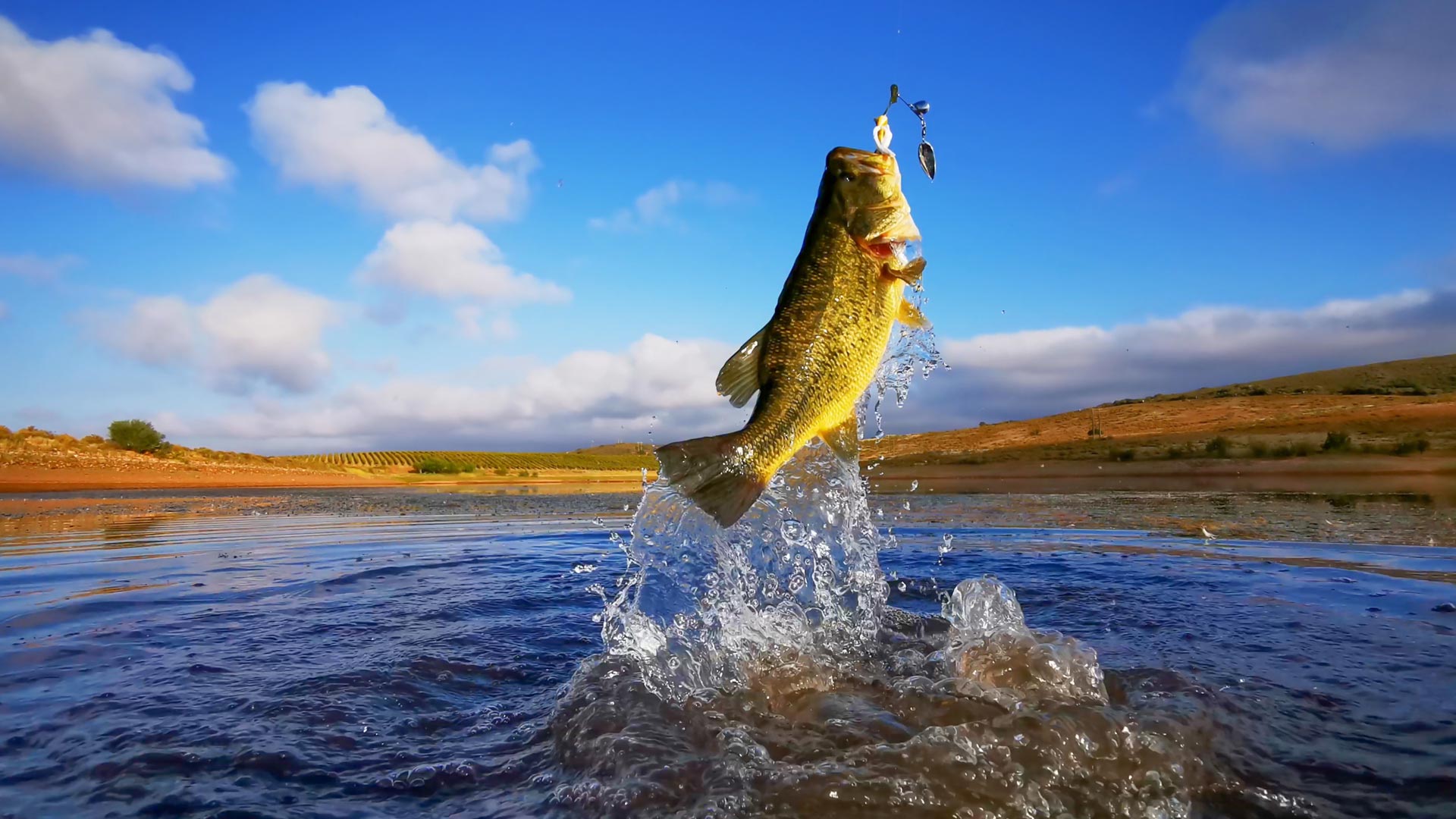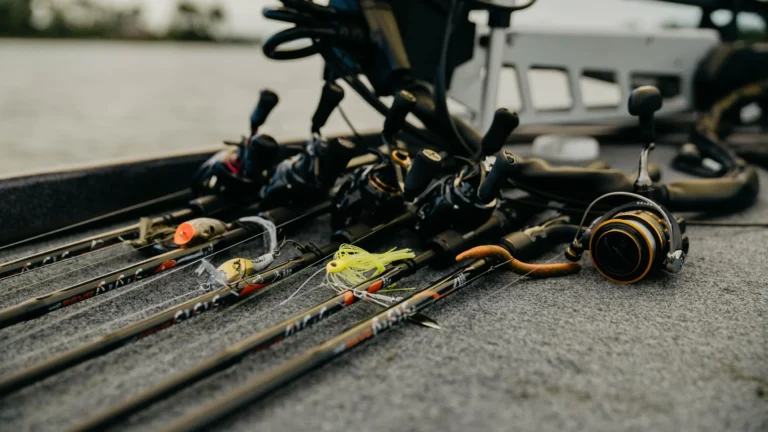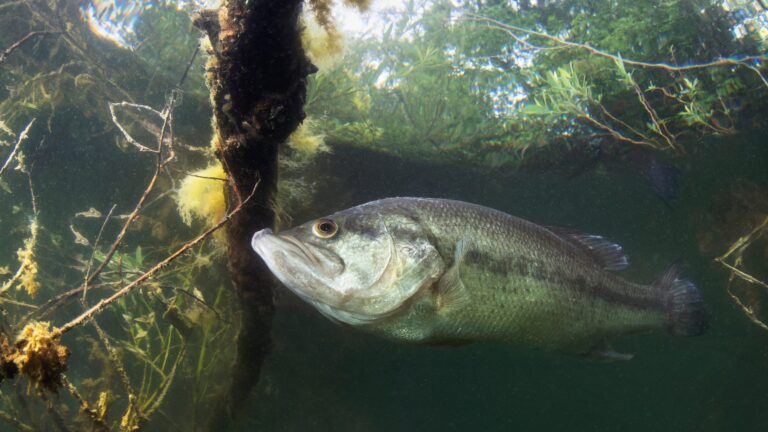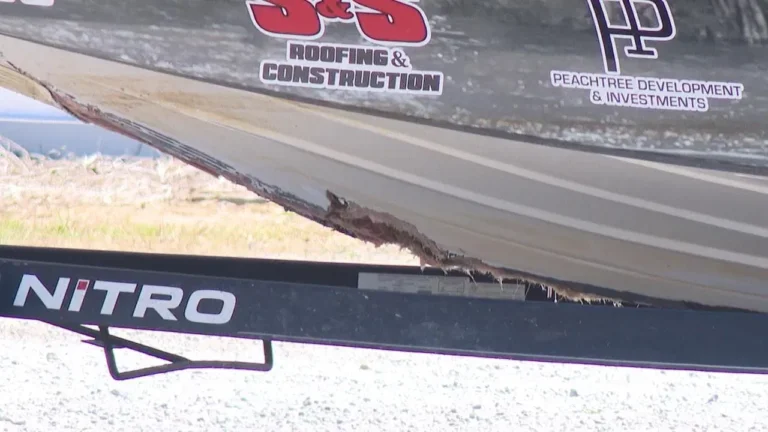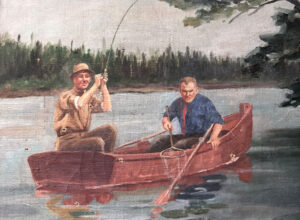Bass fishing is one of the most popular and accessible forms of fishing, offering both exciting challenges and the thrill of catching some of the most sought-after fish in freshwater lakes, rivers, and reservoirs. Whether you’re just starting or looking to improve your skills, having the right gear is essential for a successful outing. In this blog post, we’ll walk you through the essential bass fishing gear every beginner needs to get started on the right foot.
1. Fishing Rod
A quality fishing rod is the backbone of your bass fishing setup. When selecting a rod, it’s essential to choose one that suits your style, environment, and the type of bass fishing you plan to do.
- Length: For beginners, a rod between 6’6” to 7’ is a great all-around choice. It offers enough length for distance casting while still providing good control for smaller and larger fish alike.
- Power and Action: Medium power with a fast action is typically the best choice for bass fishing. This setup provides a good balance of sensitivity and strength, which helps with both detecting bites and handling big bass.
- Material: Graphite rods are lightweight and sensitive, making them ideal for beginners. They are also highly responsive when setting the hook or feeling the fish bite.
2. Fishing Reel
A reliable reel is just as important as the rod. For bass fishing, you’ll want to choose between spinning reels and baitcasting reels.
- Spinning Reel: These reels are easier for beginners to handle and offer better control when casting lighter lures. They’re perfect for finesse fishing techniques and are great for freshwater anglers just starting.
- Baitcasting Reel: If you’re ready to step up your game and fish with heavier lures or in heavier cover, a baitcasting reel may be your best option. However, it does take some practice to master, as backlash (when the line tangles on the reel) can be an issue for new anglers.
When choosing your reel, make sure the drag system is smooth, which will help you reel in fish without too much strain.
3. Fishing Line
Your fishing line is your connection between you and the fish, so selecting the right one is critical. There are three main types of fishing lines to consider for bass fishing:
- Monofilament Line: This is a great all-around choice for beginners. It’s easy to handle, forgiving, and relatively affordable. Monofilament has some stretch, which can help absorb shock during the fight with a bass.
- Fluorocarbon Line: This line is nearly invisible underwater and offers greater sensitivity and abrasion resistance. It’s perfect for clear water conditions and when you need a little extra stealth.
- Braided Line: Braided lines are incredibly strong and thin for their diameter, making them ideal for fishing heavy cover. They’re more advanced but can be useful once you get a feel for bass fishing.
A good starting point for bass fishing is 8-12 lb monofilament or fluorocarbon line, as it provides enough strength for most bass while still being manageable for beginners.
4. Hooks
Hooks are essential for every angler, and bass fishing requires a variety of hook types. The most common types of hooks for bass fishing are:
- Worm Hooks: These are used primarily for soft plastic baits like worms and lizards. They come in various sizes and styles, with the offset worm hook being the most common.
- Circle Hooks: These hooks have a circular shape, which helps reduce gut hooking, a common issue with bass fishing.
- J-Hooks: These versatile hooks work well with both soft plastics and live baits.
For beginners, it’s important to have a selection of hooks ranging from size 1 to 4/0. The right size depends on the bait you’re using and the size of the bass you’re targeting.
5. Lures and Baits
Bass are opportunistic predators, so having a variety of lures and baits will increase your chances of success. Here are some popular bass lures to consider:
- Plastic Worms: A staple in bass fishing, these soft plastic baits come in a variety of colors and shapes. Rig them on a hook or use them with a jighead for different techniques like Texas or Carolina rigging.
- Spinnerbaits: These lures are great for covering a lot of water quickly and are especially effective in murky or stained water. The spinning blades imitate baitfish and create vibrations that attract bass.
- Crankbaits: These lures are perfect for shallow or deep water, as they can be retrieved at different speeds and depths. The diving bill on a crankbait helps it stay at a specific depth while swimming through the water.
- Topwater Lures: These lures float on the surface and can create exciting explosions when bass strike. They’re perfect for early mornings or late evenings when bass are feeding near the surface.
It’s essential to have a selection of soft plastics, hard baits, and topwater lures in your tackle box. Experiment with colors and sizes until you find what works best in the waters you fish.
6. Tackle Box
A tackle box is a must-have for organizing and storing your hooks, lures, and other fishing accessories. Look for a tackle box that offers ample storage compartments to keep your gear organized and easy to access. It’s also helpful to choose a waterproof tackle box to protect your gear from getting damaged by water or weather conditions.
7. Fishing Pliers and Scissors
Every angler needs a reliable set of pliers to remove hooks from fish, cut fishing line, and make other adjustments to their gear. Scissors are also useful for cutting soft plastics or trimming fishing line. Look for corrosion-resistant pliers made of stainless steel to ensure they hold up in freshwater conditions.
8. Fish Finder (Optional)
While not essential for all beginners, a fish finder can help you locate fish more efficiently, especially in larger bodies of water. These devices use sonar technology to map the underwater terrain and show you where fish are hiding. If you plan to fish from a boat, this can be a valuable tool to have in your arsenal.
9. Personal Gear
While the equipment above is essential for catching bass, there are a few personal items you should bring along for comfort and safety:
- Life Jacket: If you plan on fishing from a boat or kayak, a life jacket is a must for safety.
- Sunglasses: Polarized sunglasses are a game-changer for bass fishing. They reduce glare on the water’s surface, helping you see fish and structure more clearly.
- Sun Protection: Sunscreen, a hat, and long sleeves can protect you from harmful UV rays during long hours on the water.
Conclusion
Bass fishing is an incredibly rewarding sport, and having the right gear can make a huge difference in your experience. As a beginner, focus on getting the basics—such as a reliable rod and reel, hooks, lures, and fishing line—and you’ll be well on your way to a successful fishing adventure. With practice, patience, and the right gear, you’ll soon be reeling in your first bass and building your skills for even bigger catches.
Happy fishing!

